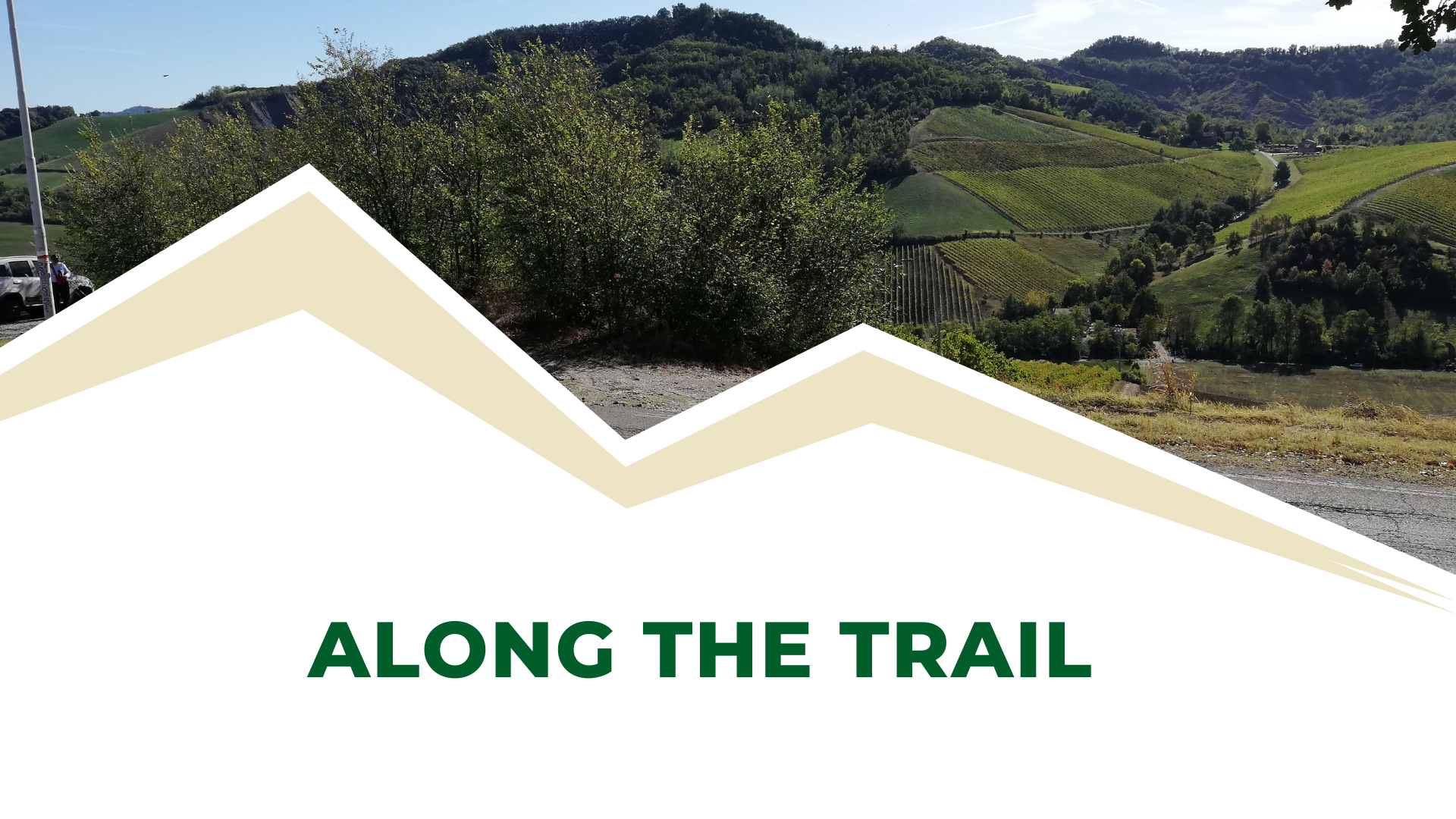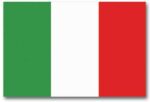
The territory of the five Municipalities crossed by the Via dei Brentatori offers travelers plenty of monuments and points of interest, in addition to the main attractions. In Bologna, shortly after departure, you can admire Lucio Dalla’s house in Via d’Azeglio and stop for a few moments in front of the famous terrace overlooking Piazza dei Celestini. Right in front is the Church of San Giovanni Battista dei Celestini, built as we see it now by Carlo Francesco Dotti and Francesco Tadolini in the 18th century. Inside it houses the tomb of the sculptor Niccolò dell’Arca. A few meters further on, in Vicolo Spirito Santo, is the Catalani Tower (one of the 20 noble towers that still exist in the city, a typical example of a 13th-century tower house) and the Oratory of the Holy Spirit with its façade decorated in 15th-century terracotta. You then reach Via Collegio di Spagna, which takes its name from the complex founded by Cardinal Egidio Albornoz in 1364 to host Spanish students enrolled at the University.
After following the portico of San Luca and passing the Sanctuary of the same name, proceed down the Via Crucis dei Bregoli to reach the municipality of Casalecchio di Reno. Here, at the beginning of the Chiusa park, you will pass in front of the Church of San Martino: founded in the 7th century by the Martinian Friars, destroyed at the beginning of the 900s, rebuilt in 1074, and finally renovated in 1900.
Don’t miss the view from the Park towards the “Chiusa di Casalecchio di Reno” Monument, an ancient medieval lock located on the Reno River. Entering the center of the municipality you will cross various green areas, such as the Collina di San Biagio Park, which stretches over roughly 37,700 meters, and the Faianello Park, where you can walk amidst the avenue of poplars that flank the bike path and the three bald cypresses near the Rio Bolsenda. Between Zola Predosa and Monte San Pietro you cross the Lavino Creek, which flows right through this area.
Upon reaching the territory of Monte San Pietro, you can’t miss the Church of San Lorenzo in Collina. Its history begins between the 4th and 6th centuries AD. At that time, the ancient parish church controlled a vast territory, from the Via Emilia to the mountains, from Lavino to Samoggia, and by 1300 it still had 22 churches under its jurisdiction. In the 15th century, with the elimination of the parish system, San Lorenzo declined. During this period, Pope Sixtus IV granted patronage to the Grassi counts who renovated the church, resulting in its current appearance with a gabled façade, rose window, and Renaissance cloister. Looking out from the panoramic point next to the church you can admire the ravines where the geologist and paleontologist Giovanni Capellini found the remains of a fossil whale in 1861, the most important paleontological discovery in the Bologna area, currently preserved in Bologna’s Giovanni Capellini Geological Museum.
Before reaching Monteveglio, in the municipality of Valsamoggia, you will cross the rural center of San Teodoro, where you can find the Visitor Center for the Abbey of Monteveglio Park. The name San Teodoro derives from the eastern legionary martyred at the time of Diocletian. Finally, you can’t miss the village of Monteveglio. In addition to the Abbey, there are still traces of the ancient fortification, such as the arched door with the counterweight slots for the drawbridge and walkway still visible. There is also the castle tower with swallow-tailed battlements and the adjacent historical House of San Benedetto, for centuries the seat of the oratory and the confraternity of Santa Maria delle Rondini. And there is still more to admire, such as the bell tower with its 17th-century appearance, used to summon everyone within hearing distance, and the oratory of Saints Roch and Sebastian, built by the inhabitants during the plague epidemic of 1631 and restored at the end of the 19th century.
A little more than 2 km from Monteveglio, heading towards Bazzano, you will come across Montebudello, whose hill was known as “Monte bidello” (custodian mountain) and where we find Sant’Andrea in Corneliano and Castellazzo. Montebudello became part of Bologna in 1204 and the castle was built in 1227, of which only the foundations now remain. In its place stands the 14th-century oratory of S. Ubaldo and a 16th-century stone building.

